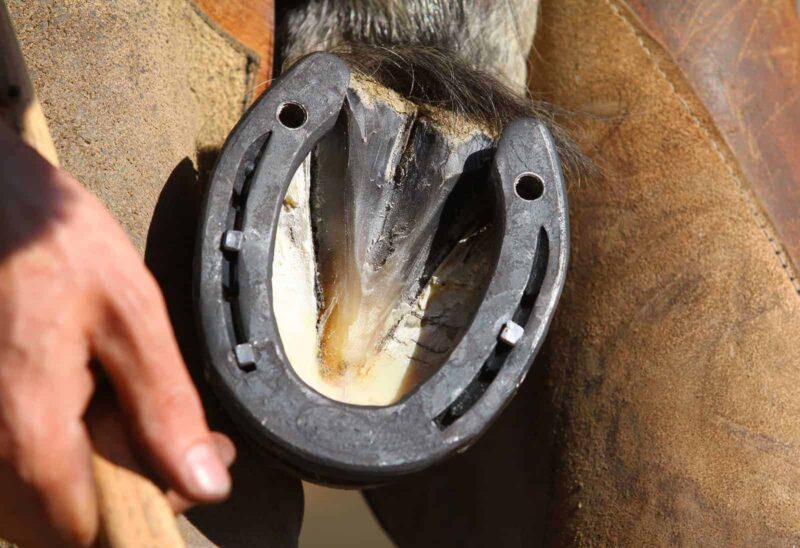Caring for a horse’s hooves is paramount to ensuring their overall health and well-being. The old adage, “No hoof, no horse,” underscores the importance of hoof care in equine management. This article will provide a comprehensive guide to maintaining optimal foot health in horses, a task that involves regular maintenance, awareness of potential issues, and a collaborative approach with professionals.
The Foundation of Equine Health
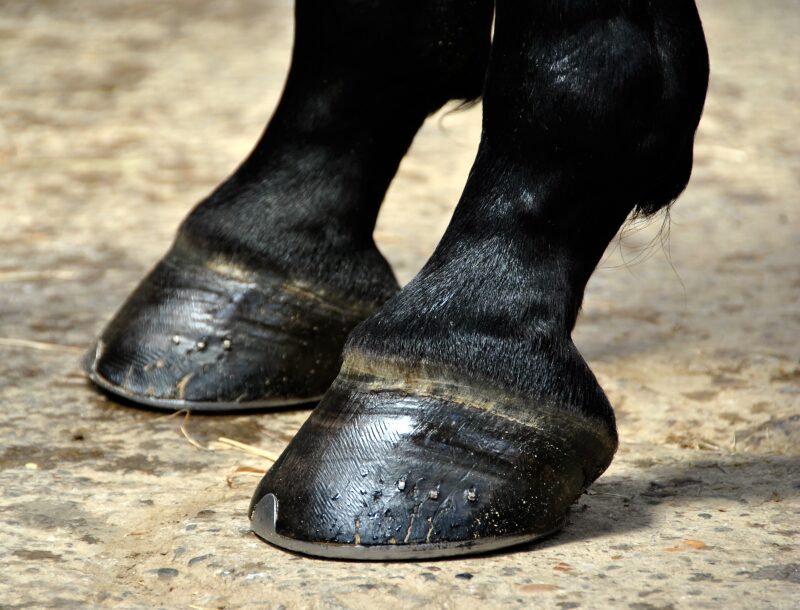
A horse’s hoof is more than just a foot. It’s a complex structure that supports the entire weight of the animal. Good hoove care starts with understanding this structure. The hoof is made up of the hoof wall, sole, frog, and digital cushion, all working together to absorb shock, provide traction, and support the weight of the horse. An imbalance in any part can lead to serious problems.
Routine Maintenance
Regular hoove maintenance is essential. This involves daily applying conditioner or oils, and cleaning to remove dirt, stones, and debris that can cause discomfort or injury. Cleaning also allows you to inspect the hoof for any signs of problems like cracks, thrush, or abscesses.
Horses in different environments or workloads may require different care routines. For example, a horse regularly walking on hard surfaces will need more frequent attention to prevent excessive wear. To assist you in maintaining your horse’s hooves in top condition, you can explore quality hoof care products available at https://besthoof.com/product/best-hoof/.
Nutrition as The Building Block of Hoof Health
Nutrition plays a crucial role in hoove health. A diet rich in essential nutrients like biotin, amino acids, and minerals such as zinc and copper helps in developing strong and healthy hooves. While commercial feeds often contain these nutrients, additional supplements may be necessary, especially for horses with hoof issues. Consult with a veterinarian or equine nutritionist to design a diet that supports hoove health.
Farriery: Art and Science
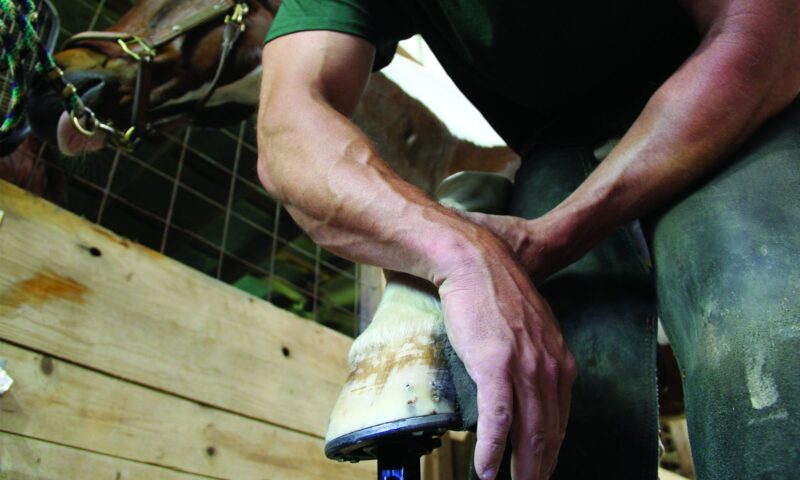
The farrier is a crucial player in hoof care. Regular trimming and, if necessary, shoeing, keeps the hooves in proper shape and alignment. An experienced farrier can identify and correct imbalances in the hoove, which if left unchecked, can lead to lameness. The frequency of farrier visits depends on the horse’s activities, growth rate, and environmental factors, typically ranging from every four to eight weeks.
Recognizing and Addressing Common Hoof Problems
Being able to identify common hoove issues is vital. Problems like cracks, laminitis, thrush, and abscesses can escalate quickly if not addressed. Each condition has distinct symptoms and requires specific treatments.
For example, thrush, a bacterial infection, is characterized by a foul smell and requires thorough cleaning and topical treatments. In contrast, laminitis, a painful inflammation, demands immediate veterinary attention.
Working with Professionals: A Team Approach
Effective hoof care involves a team approach. Regular consultations with a veterinarian and farrier can help prevent and address hoove problems. Veterinarians can diagnose and treat underlying health issues affecting the hooves, while farriers can provide routine care and corrective measures. In some cases, equine podiatrists, specialists in hoof care, may be consulted for complex issues.
Environmental Considerations
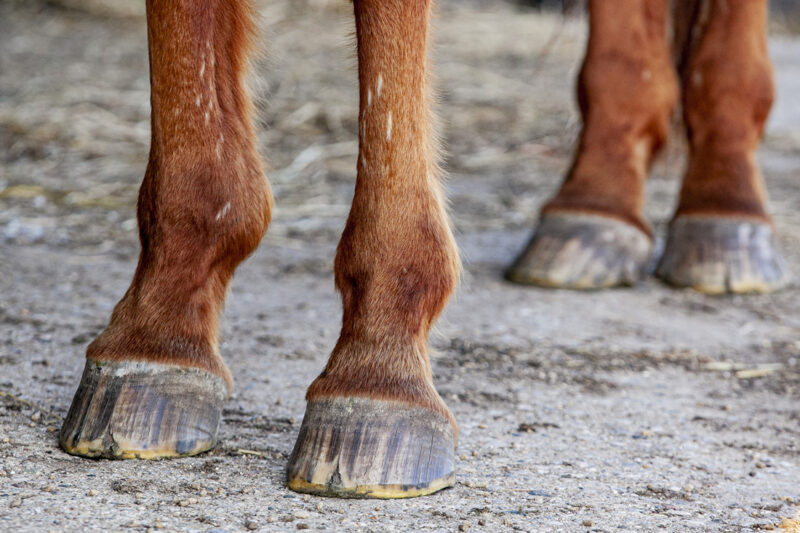
The environment in which a horse lives greatly influences hoof health. Wet, muddy conditions can soften hooves and lead to problems like thrush, while dry, hard ground can cause cracks and discomfort. Managing the living conditions by providing dry, clean footing and protecting the hooves from extreme conditions is crucial.
Exercise and Movement
Regular exercise is important for hoove health. Movement stimulates blood flow to the hoof, promoting growth and health. However, it’s important to match the horse’s exercise regime to their hoof care needs. For instance, a horse with tender hooves may require protective boots or specific types of footing.
Monitoring and Adjusting Care
Hoof care is not a one-size-fits-all approach. It requires regular monitoring and adjustments based on the horse’s age, activity level, and environmental changes. Being observant and proactive in addressing minor issues before they become major is key.
Education and Awareness
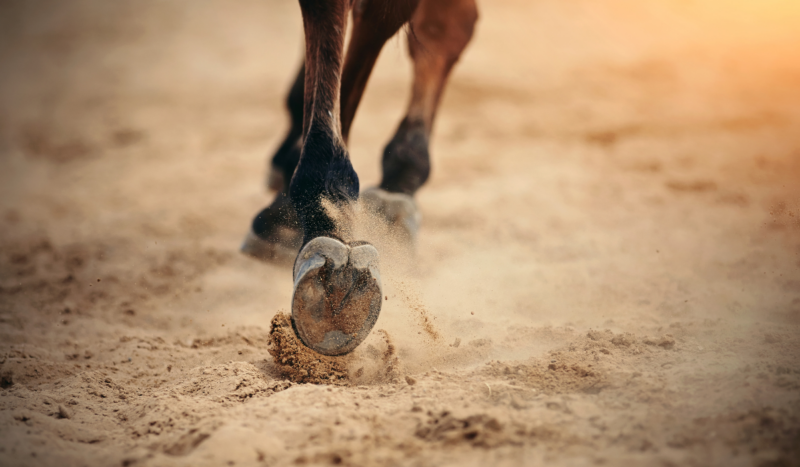
Lastly, educating yourself about hoove care and staying informed about the latest research and techniques is beneficial. Attending clinics, consulting with professionals, and staying up-to-date with equine health publications can enhance your understanding and ability to provide the best care for your horse’s hooves.
The Role of Genetics and Breed
The genetic makeup and breed of a horse can also influence health. Certain breeds are predisposed to specific hoove issues. For example, thoroughbreds often have thinner hoove walls, making them more susceptible to cracks, while draft breeds may be more prone to certain types of lameness. Understanding these predispositions can help in tailoring a hoof care regimen that addresses these breed-specific concerns.
Seasonal Variations in Hoof Care
Hoof care needs can change with the seasons. In wetter months, hooves may become softer and more prone to damage, requiring more frequent trimming and protection against moisture-related issues. In contrast, dry conditions can lead to brittle hooves, necessitating the use of moisturizers and conditioners to maintain elasticity. Adjusting hoove care routines to accommodate these seasonal changes is essential.
The Importance of Early Intervention
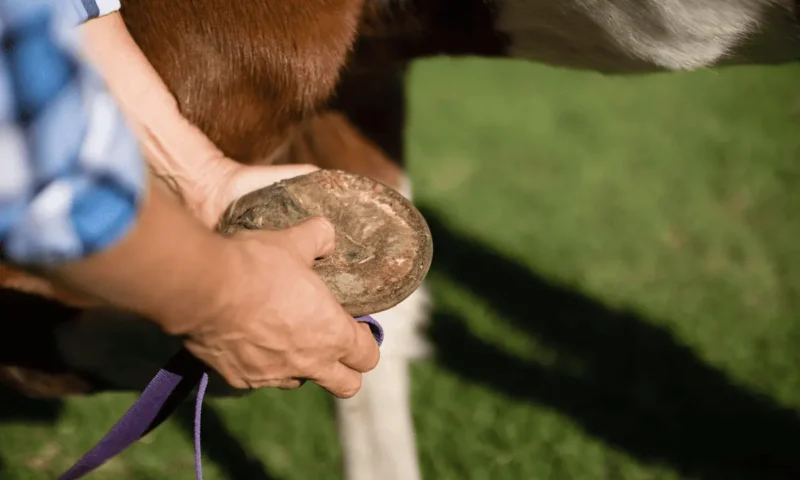
Early intervention is crucial in hoof care. Addressing issues when they first appear can prevent more serious complications. For example, small cracks can quickly develop into painful and debilitating conditions if left untreated. Regular inspection and prompt attention to any changes or signs of discomfort are key to successful hoove management.
Training and Handling
Training your horse to accept and be comfortable with hoof handling is vital for effective care. A horse that is calm and cooperative during farrier visits and routine inspections will ensure more thorough and efficient care. This training should begin early in a horse’s life and include positive reinforcement techniques to create a stress-free experience for both the horse and the handler.
The Impact of Workload and Activity
The type of work and the intensity of the activity a horse is engaged in have a direct impact on their hoof health. High-impact activities like jumping or racing can put additional stress on hooves, requiring more robust care and possibly specialized shoeing.
Conversely, a horse with a lighter workload might require less frequent trimming and shoeing. Adjusting hoof care practices to match the horse’s activity level is essential for maintaining optimal hoof condition.
End Note
In sum, caring for a horse’s hooves is a multifaceted and ongoing responsibility. It encompasses a thorough understanding of the hoof structure, routine maintenance, nutritional support, professional care, and a keen eye for changes and potential issues.
By embracing a holistic approach and staying informed about the latest practices and developments in hoof care, horse owners can ensure their equine companions remain healthy, happy, and active.
Related Posts:
- How To Watch Netflix On Facetime With Friends -…
- Monetizing Your Passion: A Comprehensive Guide to…
- South African Retirement Living: How Many Retirement…
- How To Install Kodi On Nvidia Shield And Nvidia Shield Pro
- When to Move from Independent to Assisted Living: A…
- Is Colorado School of Mines Football Good? - In…

